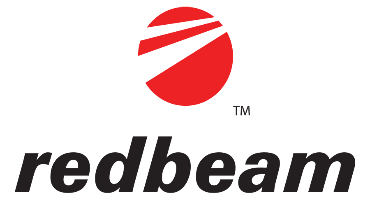Here’s a detailed explanation of how RedBeam supports UK tax and financial requirements:
Centralised and Accurate Asset Register - RedBeam allows businesses to maintain a real-time, centralised Asset Register with details like:
Asset name, description, category
Purchase date and cost
Asset location and custodian
Serial numbers or barcodes
Depreciation tracking (depending on configuration or integration)
This ensures all assets—especially those over the capital allowance threshold—are accurately logged for HMRC reporting. Supports Capital Allowances Tracking - While RedBeam doesn't directly calculate tax, it helps record key data needed for:
Annual Investment Allowance (AIA) claims
Writing Down Allowances (WDA)
First-Year Allowances (FYA)
You can export asset data (cost, acquisition date, etc.) and hand it over to your accountant or tax software to calculate deductible capital expenses. Ensures no eligible tax deductions are missed and helps avoid overstating or understating depreciation.
Asset Lifecycle Management for Disposal & Adjustments - RedBeam tracks:
Asset status changes (e.g. in use, disposed, lost)
Historical data and disposals, including sale value or write-off
Tax benefit: This is crucial for:
Calculating Balancing Charges or Allowances upon asset disposal
Avoiding errors in corporation tax returns when assets are sold or scrapped
Audit Trail and Reporting - RedBeam provides an audit trail for each asset and allows for regular or ad-hoc reporting. HMRC Readiness: This simplifies:
Responding to HMRC inquiries or audits
Providing evidence of business use for tax-claimed assets
Verifying asset values during annual accounts preparation
Integrations & Data Export - RedBeam can be integrated or used alongside:
Accounting software (e.g. Sage, QuickBooks, Xero)
Excel/CSV exports for use with tax preparation tools
Efficiency gain: Reduces manual errors and allows for seamless data handoff to finance teams or accountants.

